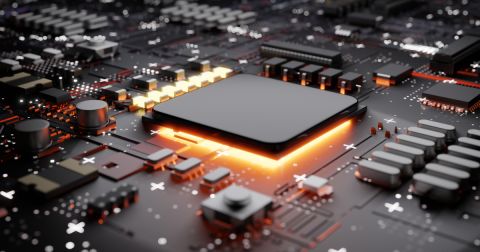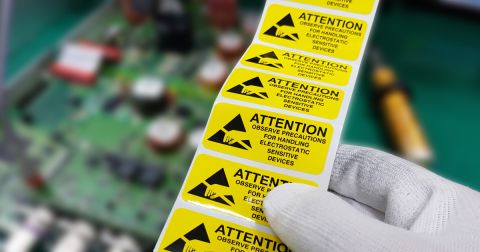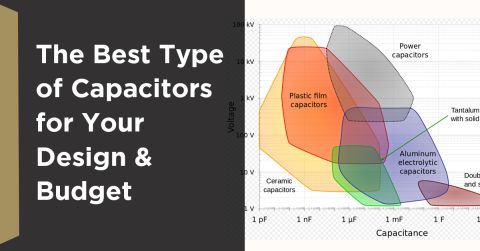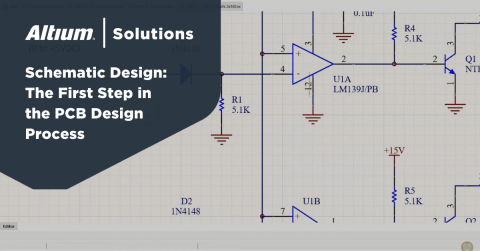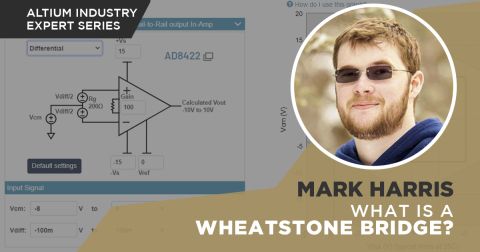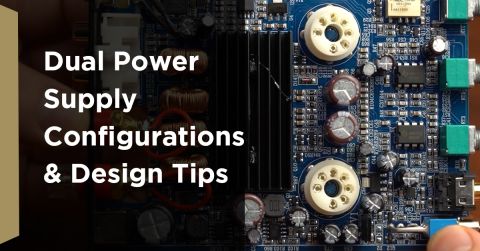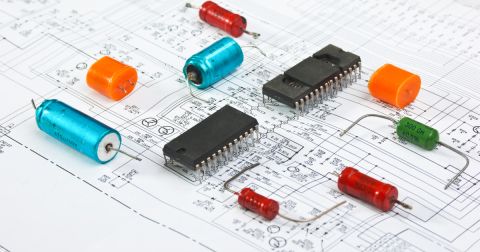Buck Converter Component Sizing

Switching Regulators
If you’ve never worked with switching converters before, let alone if you haven’t chosen switching converter components before, the whole affair can seem a bit overwhelming at first.
A huge number of different switching ICs, many datasheets and application notes, compensation networks, long calculations, and more may have put you off. Instead, you may have opted to use linear regulators in your design, due to their inherent simplicity.
While linear regulators, such as LDOs, certainly have their place in many designs, as a design engineer in the 21st century, you are bound to have to deal with switching regulators at some point. Furthermore, switching regulators are an incredibly useful tool and something every electronics engineer should have in their toolbox to be able to use. Increased power handling capabilities, efficiency, stepping up voltages, scaling down voltages, and isolation, are just some of the many benefits that switching regulators can bring to your hardware designs.
In the first article of this series, we’ll see how to size components for the most common-of-all switching regulator – the buck converter. In the following articles, we’ll discuss other topologies (such as step-up), further component selection and sizing, as well as PCB layout and routing.
This article gives a very compressed outline of the steps involved. If you would like to follow along in more detail, make sure to check out this video.
Buck Converter Overview
The specific type of switching regulator we’ll look at is termed the buck converter (or step-down converter). Which, as the name implies, takes a DC voltage at its input, and scales it down to a lower voltage. This is the most commonly used switching regulator topology and its operation is surprisingly simple.

Shown above is the topology for a buck converter. Keep in mind that there are variations on this basic topology.
The switch S is typically a MOSFET. The controller shown below the switch controls the voltage applied to the gate via an appropriate gate driver, which - very simply put - opens and closes the switch.
The longer the duration is that the switch is on for, the higher the output voltage relative to the input voltage. The output network (inductor L in combination with Cout) can be seen as a low-pass filter to reduce the switching harmonics, as well as energy storage for when the switch is off.
We need the rectifier diode D for the case that the switch is open and energy is stored in the inductor. Without this, the stored energy would have no place to go.
Lastly, the output voltage is sensed by the controller via a feedback network (RFB1 and RFB2) and compared to an internal reference. This allows the controller to operate with closed-loop control.
Requirements Specification and IC Selection
Sizing a switching regulator is application-specific. As a bare minimum, we require these parameters to be defined (with example values given):
Input voltage range, nominal output voltage, and maximum output (load) current.
Given this information, we can select a suitable buck converter IC using a typical distributor’s part search. Keep in mind that some ICs will contain the switch and rectifier diode, whereas some may not.
Maximum Switching Current
Once we have a suitable IC chosen, we need to calculate the peak switch, diode, and inductor currents. These components need to be rated for this current at a minimum.
Calculating the maximum switching current is a four-step procedure.
- Determine the duty cycle D, given input V(In) and output V(Out) voltage, and efficiency d.
D=V(Out)/(V(In)*d) - Calculate the inductor ripple current I(L,Ripple) using an average inductance value L, and the switching frequency f(SW) given in the datasheet.
I(L,Ripple)=(V(In)-V(Out))*D/(f(SW)*L) - Check if the chosen buck IC can deliver the maximum required output current.
- Finally, calculate the peak current.
I(SW,max)=I(Load)+0.5*I(L,Ripple)
Inductor Selection
Choosing an appropriate inductance value is one of the key aspects of buck converter design. We should design for the worst case, which is the smallest average expected load current, which in turns results in the largest inductor. This will improve our overall regulator efficiency.
Given all of our known design parameters, the minimum inductance required is:
L(min)=V(out)*(V(in)-V(out))/(k*I(Load)*f(SW)*V(In))
k is a factor typically between 0.2 and 0.4. Make sure to use the maximum expected input voltage for V(In).
Input and Output Capacitors
Calculating the value of required input and output capacitance is no easy task. Output capacitor selection is typically the more critical of the two, as this has a direct influence on stability and voltage ripple. Luckily, this information is typically given in the datasheet.
Make sure to check the capacitors’ dielectrics and voltage ratings.
Feedback Network
The feedback network, typically composed of a potential divider, sets the output voltage. The chosen IC will have a precision voltage reference V(FB) (given in the ICs datasheet) that this feedback voltage is compared to.
We can then choose our feedback resistors to give us our desired output voltage.
V(Out)=V(FB)*(1+R(FB1)/R(FB2))
The order of magnitude of the feedback resistors is typically between 10s to 100s of kOhms. Make sure to use 1% tolerance resistors.
This article gave a very brief overview of typical calculations required when sizing a buck converter. Make sure to check out the video for more information, as well as a practical example.
Stay tuned for the next blog post in this series, to learn best practices on switching regulator layout with Altium Designer.

